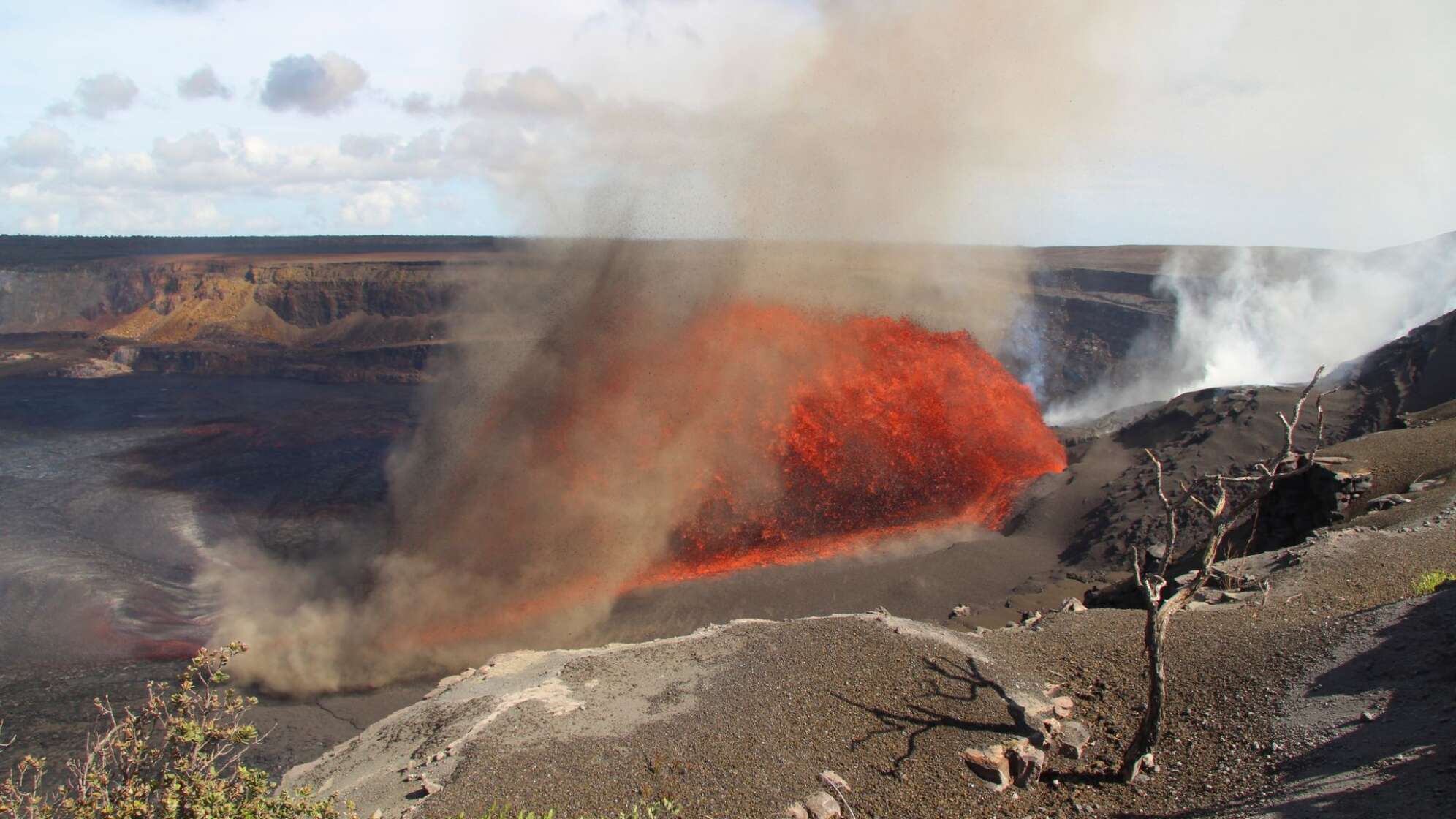
Introduction
The Kilauea Volcano, located on the Big Island of Hawaii, is one of the most active volcanoes in the world. Its ongoing eruptions have significant implications for both the natural environment and local communities. Understanding the latest developments at Kilauea is crucial for residents, tourists, and Earth science enthusiasts alike.
Recent Eruptions and Activity
In early October 2023, Kilauea displayed heightened volcanic activity marked by a series of eruptions that started on October 3. The Hawaii Volcano Observatory reported increased seismic activity and ground deformation, indicating magma movement beneath the surface. The eruptions produced a lava fountain that reached heights of up to 40 feet, captivating the attention of visitors and researchers alike.
The lava flows have primarily remained within the Halemaʻumaʻu crater, posing minimal threat to surrounding communities in the short term. However, experts caution that volcanic gases, particularly sulfur dioxide, can affect air quality, prompting air quality alerts for the island’s residents.
Safety Measures and Community Impact
In response to the eruptions, the Hawaii County Civil Defense Agency has enforced precautionary safety measures, including the establishment of no-access zones near active areas. Local residents have been advised to monitor air quality and stay indoors during periods of elevated volcanic smog (vog).
While Kilauea’s eruptions attract tourism, benefiting the local economy, they also raise concerns about the long-term impact on public safety and land use. The possibility of future eruptions and their ramifications make it vital for the community to stay informed and prepared.
Conclusion
The Kilauea Volcano remains a formidable natural force with the potential to both mesmerise and challenge those who inhabit its surroundings. As geological monitoring continues, forecasts suggest ongoing volcanic activity may persist in the coming months, inviting closer attention from scientists and residents alike. Understanding this volcano is not only essential for emergency preparedness but also enriches our appreciation of nature’s spectacular, yet often unpredictable, dynamics.
You may also like

Unveiling the Mysteries of Aliens: Recent Discoveries

Recent Discoveries about Comets by NASA
